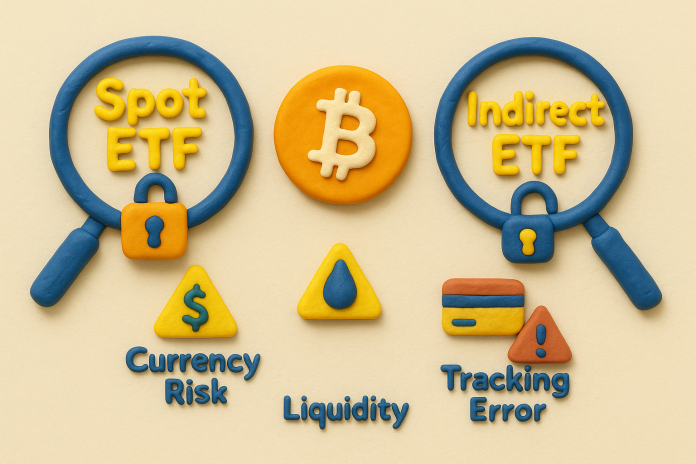
Korea’s plan to launch domestic spot cryptocurrency ETFs has faced persistent delays due to regulatory uncertainty and a lack of infrastructure, including licensed custodians, liquidity providers, and consistent pricing benchmarks. In this context, indirect, or feeder ETFs are emerging as a practical and more immediate alternative.
Unlike direct spot ETFs that buy and store crypto assets within Korea, indirect ETFs invest in overseas-listed spot Bitcoin ETFs already trading on regulated exchanges abroad. This structure enables Korean investors to gain exposure without requiring a new domestic custody system or fresh legislation—only regulatory interpretation and approval. Asset managers say such products could be introduced within a few months if authorities give the green light.
Supporters argue that indirect ETFs would help narrow the “kimchi premium” and provide safer, more transparent access to Bitcoin as demand grows. As markets like the U.S., Canada, and Hong Kong have already launched similar funds attracting billions in inflows, industry experts warn that Korea risks falling behind if delays continue.
However, these products carry important limitations. Because they rely on foreign-listed funds, investors face currency risks, potential tracking errors, and dependence on overseas regulations, which could lead to unexpected volatility or disruptions.
Regulators remain cautious, stressing the need to balance innovation with investor protection and financial stability. While infrastructure for fully domestic spot ETFs is still under development, many see indirect ETFs as a bridge solution to meet immediate demand while longer-term systems mature.
How Korean authorities decide on this approach—and under what safeguards—will determine how quickly investors gain easier access to regulated crypto investments.






